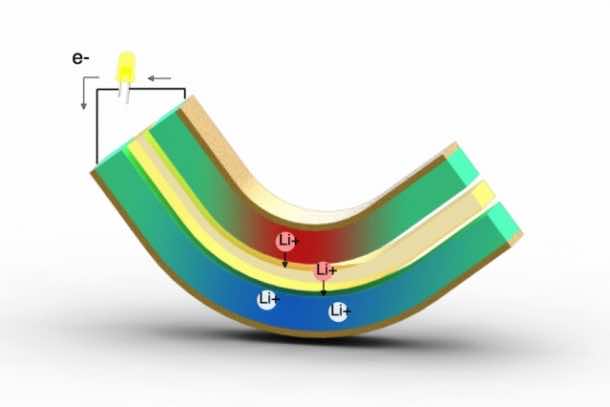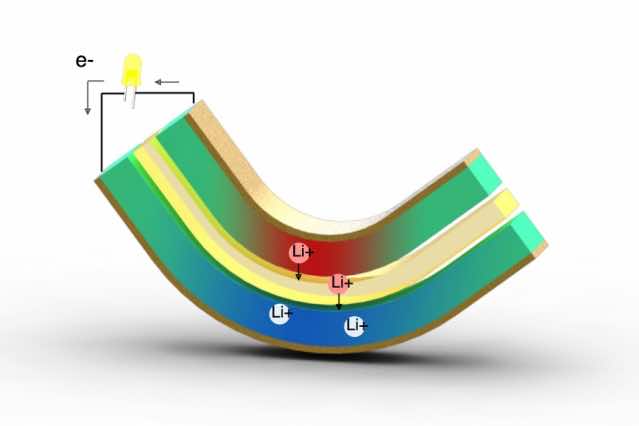New sources of energy is the keyword that is trending these days. Many researchers and scientists are trying to come up with more efficient and better sources of energy and a lot of them are focused on harvesting kinetic energy from the movement of a body to generate electricity. A team of scientists from MIT decided to give this approach a try and it appears that the team has succeeded in coming up with a method that might prove to be feasible.
Professor Ju Li, the Battelle Energy Alliance Professor in Nuclear Science and Engineering and professor of materials science and engineering, in a recent study along with his team was able to make new materials that are based on electrochemical technology, which is similar to what’s found in batteries. These materials are able to generate energy quite efficiently when they are bent back and forth.
As of now, the gadgets harvesting kinetic energy make use of piezoelectric and triboelectric technologies for generation of power. Now, while these sources are good for high frequency motion such as vibration of machinery, their efficiency drops when you bring the motion down to a human scale. The new system by MIT aims at generation of electricity (AC) with an enhanced efficiency while requiring very little stress to do so. In fact, the system will be able to generate electricity during walking, bending and poking as well.
How is that possible? Well, a porous polymer liquid electrolyte has been sandwiched between dual layers of thin lithium alloy electrodes. When the material is bent using some mechanical action, the uneven mechanical stresses cause the lithium ions to circulate via the electrolyte, thus creating an electric current that can be collected via an external circuit. The process is reversed when the material is bent back.
As of now, the system sports an efficiency of 15% however, Li is hopeful that since the system is not limited by the second law of thermodynamics, it will be able to reach a 100% efficiency. The tests prove to be highly optimistic even after 1,500 bending cycles.
Does this excite you? Let us know your thoughts in the comments section.


